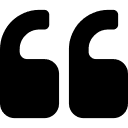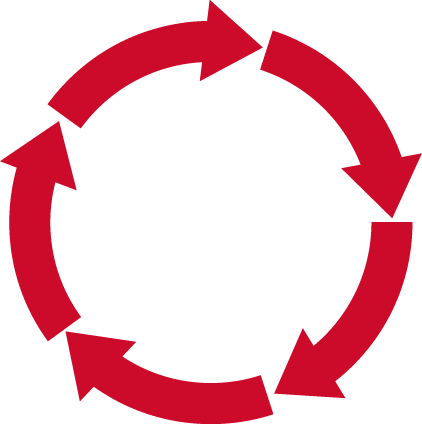Innovation. It is easy to be seduced by the allure of the shiny new technology, the promise of change, and the edginess of disruption as it to be turned off by the buzzword, disillusioned by the hype, and disappointed by the results. But if we put aside the narratives and generalizations of innovation, it becomes easier to see that innovating is a very human and very valuable skill.
The course features four modules: innovative thinking (individual skills and values that enable us to innovate and how they can be developed with intention and practice); innovation as process and innovation doing (practices and processes that support innovation in a systematic way, from ideation through development and testing); and innovative teams (characteristics of creative teams and the strategies that can support creative collaborations). This course aims to show that each of us has the capacity to build our creativity and empathy, core competencies of innovation.
For each module, learners review course content, including lecture videos, supplemental readings, and other materials. They also participate in a discussion and complete a practice activity each module. Finally, learners complete steps of a project of their choosing at the end of each module. Learners who complete all of the required activities receive a digital badge at the end of the course.
What Did Learners Think?
See what inaugural participants had to say after completing the course.

“The general premise of teaching and enacting innovation was refreshing. Often, those in my position are just told to ‘be creative’ and there’s not much discussion about what that is.”

“There are a lot of things I have experienced… or figured out for myself but never learned officially. So, through this course I was able to put terms to concepts, understand specific concepts (like UX vs UI) in a more formal way.”
Course Modules
We all have the potential to develop our creative abilities. It might sound simplistic or silly, but the first step to becoming more innovative is to believe that you can be more innovative. That belief is supported by an area of research on mindsets, pioneered by psychologist Carol Dweck.
Course area expert Cal State Fullerton Professor Ryan Gottfredson provides an overview of fixed and growth mindsets to emphasize that innovativeness, creativity, and empathy are skills that can be developed with intention and practice.
Module two covers practices and processes that enable a good idea to be iterated into a great one to be developed and tested and improved upon. Many disciplines and professions have processes that they rely on, and the content looks at some of the commonalities across those design processes. Participants take a deeper dive into design thinking as a design process to support and enhance innovation.
Inspired by the research of Heather Barker, Associate Professor of Design at Cal State Long Beach, course facilitators walk participants through different design processes and encourage them to define their own processes as it applies to their work.
Building on the previous module’s exploration of design processes, this module considers different approaches to development. Content provides an introduction to the discipline of user experience design, and the methods and tools that UX designers use to identify user needs and test solutions.
Cal State Long Beach Assistant Professor of Graphic Design, Sam Anvari, encourages participants to navigate both the technical and creative sides to conducting user research and designing appealing solutions.
Innovation does not often happen in a silo, but rather in collaboration with others, particularly when differing ideas, experiences, and perspectives collide. This module considers the conditions in the workplace that foster creativity and collaboration, and discuss practical ways to foster those conditions.
Guided by Mike Stull, Cal State San Bernardino professor and Program Director for the Inland Empire Center for Entrepreneurship, learners learn to describe the characteristics of successful teams, explain how those characteristics contribute to innovative culture, and identify strategies to promote creative collaboration in the workplace.





